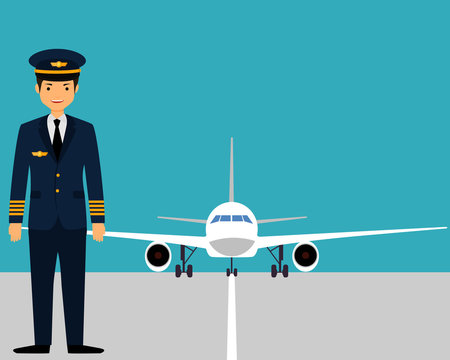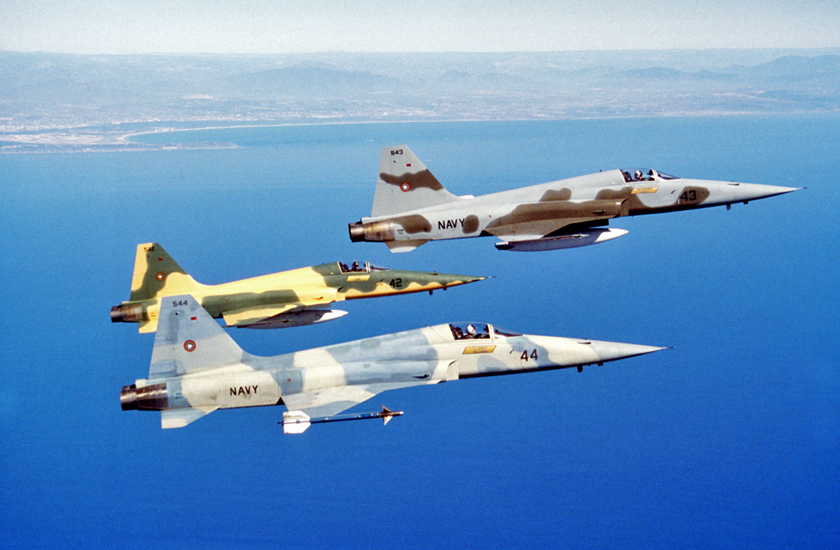Student Visas for Flight Training in the U.S.
Students wishing to enter the US for flight training will need a M-1 Student Visa or a F-1 Student Visa. The student should plan to go to a US Embassy in their home country to apply for the visa. As an international student, you must also study at an FAA Part 141 approved school, according to US government regulations. Flight schools can only have the 141 designation if the school and training syllabus are approved by the FAA. Not all flight schools are approved for FAR 141 training, but there are a large number in the US that are approved Part 141, so this is no impediment.
The US flight training school must also be authorised by the US Department of Homeland Security to issue the M-1 student visa form, called the I-20. This I-20 plus additional information (see details below) will be needed to present to the visa officer at the time of the student’s visa interview at the US Embassy. This M-1 visa will allow the student to study and achieve his Private Pilot Certificate, Commercial Pilot Certificate, Instrument Rating, Multi-Engine Rating and/or the three flight instructor ratings. There are many US flight schools that are both Part 141 approved and that the US government has designated approved for M-1 visas. So again, this is no barrier; you will have a wide selection of academies to choose from.




